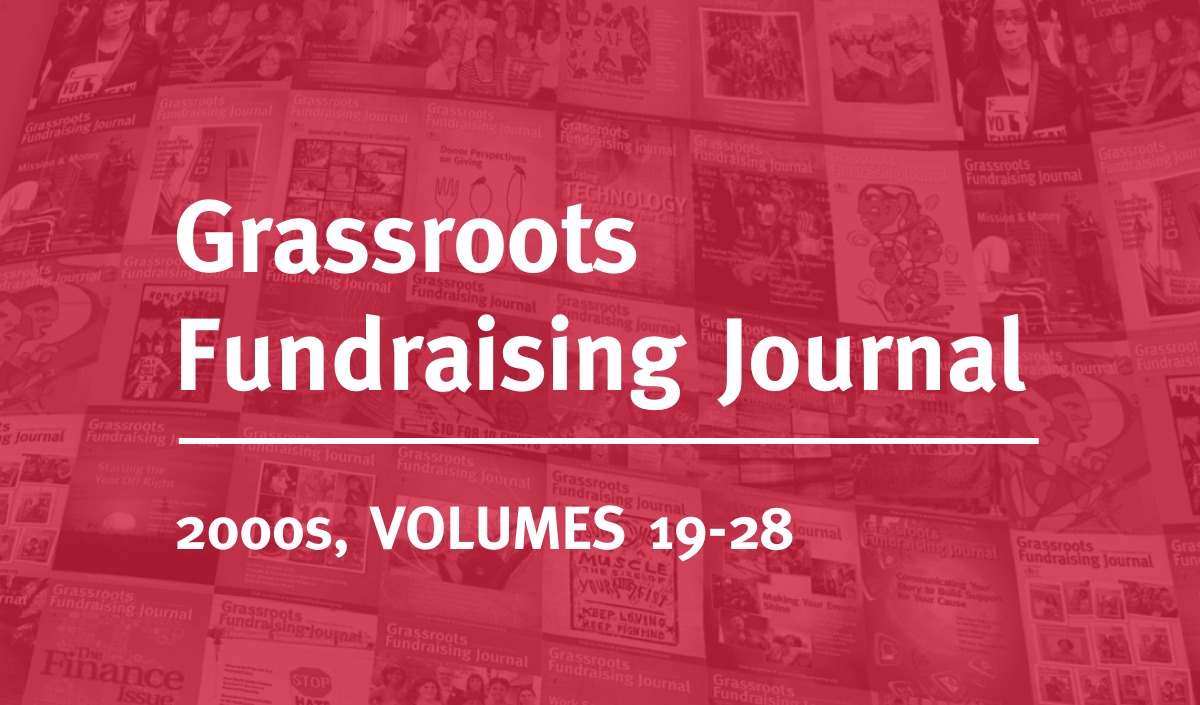August 18, 2011; Source: Alliance Magazine | In the U.S., charitable giving via paycheck deduction is increasingly seen as an anachronism. Employees ask why they should give through a third-party intermediary such as the United Way when they can easily go online to research and make contributions to the charities of their choice. Nonetheless, one-third of full-time employees in the U.S. still agree to have charitable donations deducted from their paychecks.
In the U.K., meanwhile, only 4 percent of full-time employees engage in payroll-deduction charitable giving programs. Prime Minister David Cameron is searching for ways to boost nonprofits with his “Big Society” scheme, but given his austerity program, none of them can include any new government money. So it should come as no surprise that his government has decided to prioritize workplace giving. It remains to be seen whether his efforts will bear fruit.
Sign up for our free newsletters
Subscribe to NPQ's newsletters to have our top stories delivered directly to your inbox.
By signing up, you agree to our privacy policy and terms of use, and to receive messages from NPQ and our partners.
Meanwhile, John Copps, a program director at the London consultancy New Philanthropy Capital, has weighed in with three “small things” that he thinks could “nudge” workers toward more workplace giving:
- Make payroll giving a percentage of an employee’s income, rather than a fixed amount from each paycheck. That way, when wages rise, so does the amount of money going to charity.
- Ask donors to defer their payments. According to Copps, we have “a tendency to value our future income much less than the money already in our pockets,” and by deferring initial donations, the total amount donated to charitable giving might be increased.
- Let employees know how much their colleagues and coworkers are giving. In other words, use peer pressure.
While these three suggestions might encourage the 4 percent of U.K. workers who already make workplace donations to up their giving a little bit, it isn’t clear how they might boost the total percentage of workers actually participating. —Rick Cohen













